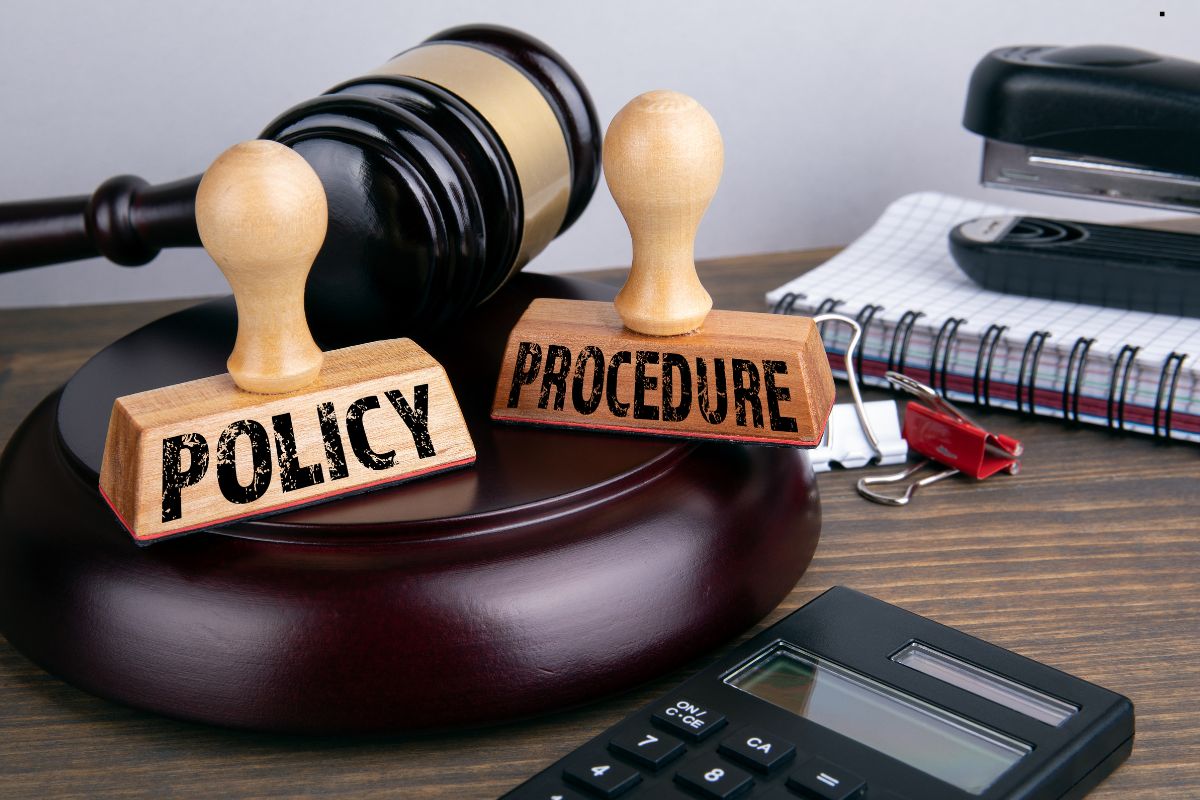
While it’s complex and varies by neighborhood and type of crime, recent data suggests that San Francisco is experiencing some shifts in its crime landscape. Whether crime is definitively “declining” requires a closer examination of the statistics, underlying factors, and community initiatives at play. This article breaks down the latest trends to provide a comprehensive understanding of safety in San Francisco.
Understanding Crime Statistics: The Big Picture
To assess whether crime is declining in San Francisco, it’s crucial to understand the data sources. The SFPD tracks reported crimes, while the FBI’s UCR program offers a national view—though local nuances may be lost. Keep in mind that not all crimes are reported.
Proper data interpretation is key. Differentiate between violent crimes (homicide, robbery, assault) and property crimes (burglary, theft). Focus on crime rates per 100,000 residents rather than raw numbers, and avoid conclusions based on short-term changes.
We offer top-tier security solutions, including advanced surveillance and monitoring, to keep your property safe.
Analyzing Recent Crime Trends in San Francisco

Let’s delve into the recent trends. Overall crime rates in San Francisco have shown State actual trend based on latest SFPD data. It’s crucial to consult recent SFPD crime statistics for the most up-to-date view.
Digging deeper, we see variations across specific crime categories. Mention specific crime categories that are declining or increasing. Use data.
Certain neighborhoods have experienced notable changes. Name Neighborhood has seen state the trend due to give possible reason. Meanwhile, Name Neighborhood has remained relatively stable. Remember that crime trends can shift rapidly, so continuous monitoring is crucial.
Choosing the right outdoor wireless security camera system with a DVR means balancing security, budget, and technology. Look for high resolution, night vision, weather resistance, ample storage, and smart alerts. For a detailed guide, check out this blog.
Factors Contributing to Crime Trends
Many factors contribute to crime trends. Community policing initiatives, where officers build relationships with residents, can be effective in deterring crime.. San Francisco has implemented programs like name a San Francisco community policing program with state the results.
Economic and social factors also play a role. High unemployment and poverty rates can exacerbate crime. Policy changes, such as bail reform and drug policies, can also influence crime rates. It’s an intricate web of interconnected factors.
The Impact of Socioeconomic Conditions on Crime
Crime rates are largely shaped by socioeconomic factors like poverty, unemployment, and education levels. Communities with restricted access to resources and opportunities often face higher crime rates due to financial hardship and limited alternatives. Moreover, social inequality and neighborhood conditions can contribute to environments where criminal activity is more common. Tackling these challenges through education, employment opportunities, and social programs plays a crucial role in reducing crime and creating safer communities. If you have any questions or need assistance, feel free to call us!.
What Can San Francisco Residents Do?
San Francisco residents can take proactive steps to enhance their safety. Staying informed and engaged is crucial. Follow local news sources and attend community meetings to learn about crime trends and safety initiatives.
Reporting suspicious activity to the SFPD is essential. Provide SFPD non-emergency number. Support local organizations working to improve community safety and reduce crime.
The Impact of Policy Changes on Crime Rates

San Francisco’s crime trends are heavily influenced by policy decisions, including criminal justice reforms and law enforcement strategies. Changes in prosecution policies, bail reforms, and efforts to address homelessness and drug-related offenses have sparked debates on their effectiveness in reducing crime. While some argue that lenient policies contribute to repeat offenses, others believe that focusing on rehabilitation and social services is a long-term solution. Analyzing how these policies affect crime rates can provide deeper insight into whether San Francisco is truly becoming safer.
Conclusion
Assessing whether crime is declining in San Francisco requires a nuanced understanding of crime statistics, contributing factors, and community efforts. While recent trends may indicate some positive shifts, vigilance and proactive measures remain crucial. By staying informed, engaged, and supportive of local initiatives, residents can contribute to a safer and more vibrant San Francisco.
FAQs
Is San Francisco a safe city to visit?
San Francisco has both safe neighborhoods and areas where extra caution is advised. Like any major city, staying aware of your surroundings and taking precautions against petty theft is important. If you have any questions or need assistance, feel free to call us!
What are the safest neighborhoods in San Francisco?
Some of the safest neighborhoods in San Francisco include [list a few safest neighborhoods]. However, crime can occur anywhere, so it’s always important to be vigilant.
How can I find the latest crime statistics for my neighborhood?
You can find the latest crime statistics on the SFPD website and through local news outlets.
What is the SFPD doing to combat crime?
The SFPD is adopting multiple strategies, such as community policing, targeted patrols, and data-driven tactics, to enhance public safety. Learn more about their crime prevention efforts here.For inquiries or more information, feel free to Contact Us.
